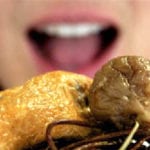 Miscellaneous
Miscellaneous  Miscellaneous
Miscellaneous  History
History 10 Great Escapes That Ended Right Back in Captivity
 Weird Stuff
Weird Stuff 10 Fascinating Things You Might Not Know About Spiders
 Food
Food 10 Everyday Foods You Didn’t Know Were Invented by the U.S. Military
 History
History 10 Odd Things Colonial Americans Kept at Home
 Weird Stuff
Weird Stuff 10 Superstitious Beliefs That Once Consumed Entire Cultures
 History
History 10 Bizarre Friendly Fire Incidents in Military History
 Technology
Technology 10 Modern Technologies That Accidentally Imitate Ancient Magic
 Mysteries
Mysteries 10 Mysteries of the Human Genome
 Weird Stuff
Weird Stuff 10 Things So Rare They’ve Only Been Found Once
 Miscellaneous
Miscellaneous 10 of History’s Most Bell-Ringing Finishing Moves
 History
History 10 Great Escapes That Ended Right Back in Captivity
 Weird Stuff
Weird Stuff 10 Fascinating Things You Might Not Know About Spiders
Who's Behind Listverse?

Jamie Frater
Head Editor
Jamie founded Listverse due to an insatiable desire to share fascinating, obscure, and bizarre facts. He has been a guest speaker on numerous national radio and television stations and is a five time published author.
More About Us Food
Food 10 Everyday Foods You Didn’t Know Were Invented by the U.S. Military
 History
History 10 Odd Things Colonial Americans Kept at Home
 Weird Stuff
Weird Stuff 10 Superstitious Beliefs That Once Consumed Entire Cultures
 History
History 10 Bizarre Friendly Fire Incidents in Military History
 Technology
Technology 10 Modern Technologies That Accidentally Imitate Ancient Magic
 Mysteries
Mysteries 10 Mysteries of the Human Genome
 Weird Stuff
Weird Stuff 10 Things So Rare They’ve Only Been Found Once
10 Disgusting Facts About Historical Dentistry
Dentistry is a modern field of medicine. While it has always existed in one form or another, it was largely unregulated in the past, and all sorts of people devised weird and often bogus procedures and treatments for tooth care and dental problems. At one time, barbers were the de facto dentists.
Some treatments did work, amazingly, like using urine as mouthwash. But we are unsure whether dead mice actually cured toothaches. Nevertheless, the history of dentistry is disgusting and interesting. Here are ten facts about it.
10 Ancient Romans Used Urine As Mouthwash
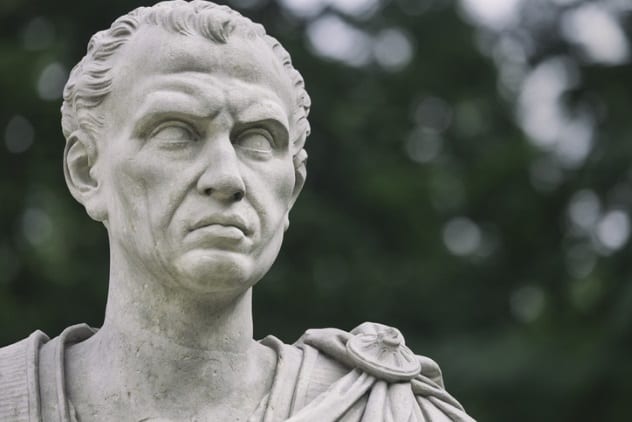
Ancient Romans used human and animal urine as mouthwash. Employing urine for mouthwash and other uses was so common and normal that the Romans often left pots in public areas so passersby could urinate. The government also had its sights on the trade and taxed urine collectors and sellers.
While it sounds disgusting, the urine mouthwash actually worked. This is because urine contains ammonia, the active ingredient used in today’s household cleaners. A Roman man named Egnatius had teeth so white that he smiled at every opportunity he got. A poet called Cattulus even grew so tired of Egnatius’s smiling that he wrote a poem rebuking him for it.
The displeased Cattulus noted that Egnatius smiled in court, even when the judgment was unfavorable to the defendant. He also smiled at funerals while everyone else was mourning. Cattulus wrote that the excessive smiling was a disease and suggested that Egnatius stop smiling excessively because “there’s nothing more foolish than foolishly smiling.”[1]
9 Dentures Were Made From Real Teeth
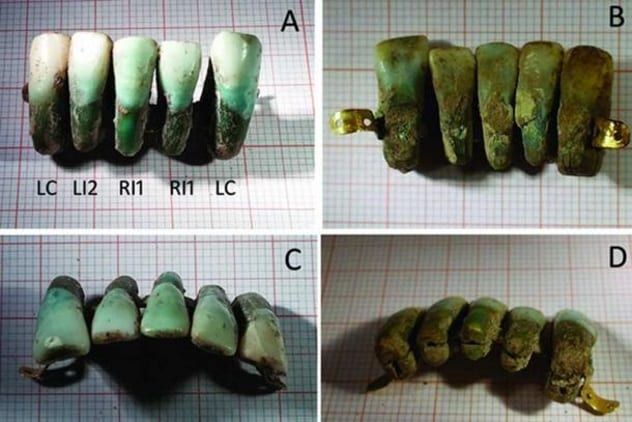
Today’s dentures are made of artificial materials. A few centuries ago, however, dentures were fashioned from real teeth. In 2016, Italian researchers excavating a tomb in Lucca, Italy, found a five-tooth denture made from the teeth of different people.
The teeth were joined together by a wire made from a mixture of gold, silver, and copper. Researchers suggested the denture was made between the 14th and 17th centuries. Similar dentures have been found in Egypt. We also know that the ancient Etruscans and Romans made dentures from the teeth of other people.
Dentures became more common around the 1400s. Poor people sold their teeth those who needed them. Grave robbers often raided graves to remove teeth from dead people.
Demand for human teeth rose after the deadly Battle of Waterloo on June 18, 1815. Locals, soldiers, and scavengers scoured the battlefield to remove teeth from dead soldiers. Most teeth were removed except the molars, which were difficult to extract and turn into dentures. The teeth were sent to Britain, where they sold for a fortune.
These teeth were called “Waterloo teeth.” The name was later used for any teeth removed from the remains of dead soldiers on battlefields. This also happened during the Crimean War and the US Civil War. Despite their popularity, real human teeth didn’t necessarily make good dentures because they could rot and didn’t always fit well.[2]
8 Ancient Toothpaste

The first toothbrushes appeared between 3500 and 3000 BC, when the Egyptians and Babylonians brushed their teeth with the frayed ends of twigs. Interestingly, toothpaste was invented about two millennia before the toothbrush. It is believed that ancient Egyptians made the first toothpaste around 5000 BC.
Ancient Romans, Greek, Chinese, and Indians also used toothpaste. However, it was unregulated, and everyone seemed to use whatever they thought worked. Burned eggshells and the ashes of burned ox hooves were regular ingredients in early toothpastes. People living around volcanoes also added pumice.
The Greeks and Romans added bones and oyster shell into their toothpastes. The Romans also added charcoal, bark, and flavoring. By the 1800s, toothpaste contained soap and later chalk. Soap remained an active ingredient in toothpaste until 1945, when it was replaced with several ingredients, including sodium lauryl sulfate.[3]
7 Barbers Used To Be Dentists

Until a few centuries ago, you could visit your barber for an haircut and maybe a tooth extraction or even surgery—all inside the barbershop. This was because barbers doubled as dentists and surgeons.
Barbers did so because they often had the sharp equipment needed for surgeries and tooth extractions. Physicians of the day also considered surgery beneath them and left it for the barbers. The barbers later took on the name barber-surgeon to better advertise their craft.
The barbers did not call themselves barber-surgeon-dentists, though, because dentistry was an afterthought. The barbers were often unconcerned with preventing tooth decay and other things dentists do today and only concentrated on removing decayed teeth. Dentistry itself was not well-established. All three professions finally split in the 1800s.[4]
6 Nobody Brushed Their Teeth For Thousands Of Years
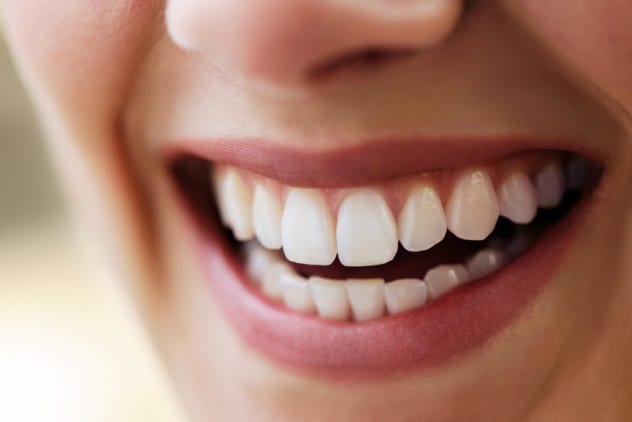
Not brushing your teeth is one of the quickest ways to lose your teeth. So it’s surprising that people had excellent teeth thousands of years ago, even though they probably never brushed throughout their lifetime.
Our ancestors were able to maintain healthy teeth without brushing because of their diet. They ate natural, unprocessed foods free of artificially added chemicals and preservatives. Their foods were also rich in vitamins and nutrients, which are often stripped off during processing today. Our ancestors also ate lots of fibrous foods, which cleared bacteria and food debris off their teeth.[5]
5 Fillings Possibly Caused Teeth To Explode

A 19th-century dentist in Pennsylvania saw three strange cases of exploding teeth during his career. The first incident came in 1817, when the tooth of a priest called Reverend D.A. exploded right inside his mouth.
Reverend D.A. suffered a severe toothache before the explosion. The pain got so unbearable that he reportedly put his head under a fence amid his agony. The pain continued until the next morning, when the tooth suddenly cracked and exploded. The pain disappeared immediately, and he went to sleep.
The dentist reported another incident 13 years later, when the tooth of one Mrs. Letitia D. exploded after a severe toothache. The tooth of Mrs. Anna P.A. also exploded in 1855.
A more extreme case came in 1871, when another dentist reported a tooth explosion in an unnamed woman. The explosion was so loud that she fell and went deaf for a few days. More explosions were reported until the 1920s, after which there are no more reports.
Researchers believe the explosions were caused by the alloys used for fillings at the time. Early dentists created the alloys by mixing metals like lead, silver, and tin. These metals may have reacted and created an electrochemical cell inside the tooth, effectively turning it into a small battery.
Hydrogen is often a byproduct of such reactions. However, it could not escape and just built up inside the tooth. Researchers believe the hydrogen exploded after the metals created a spark, or the clients smoked a cigarette. Some researchers doubt this theory since there’s no evidence that the affected people had fillings.[6]
4 Black, Rotting Teeth Were Considered Fashionable In England
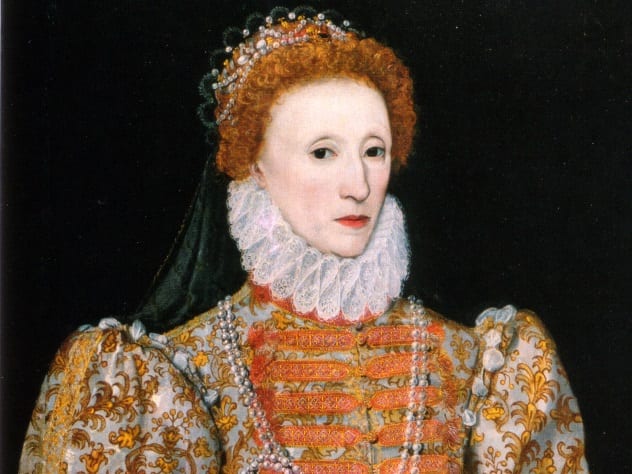
During the Tudor era, sugar was popular but expensive in England, making it the exclusive province of the rich. The upper class added sugar to vegetables, fruits, drugs, and almost everything they ingested.
As a result, the rich soon started to suffer from tooth decay. This included Queen Elizabeth, known for her rotten teeth. Records show that she had to have a tooth extracted; visiting foreign ambassadors complained of finding her speech difficult to understand.
There are claims that Queen Elizabeth’s dental problems were probably exaggerated, as she only had one tooth removed. While her tooth decay probably was exaggerated, she was also said to be terrified of dentistry, which could be why only one tooth was ever extracted. A bishop once had one of his own teeth pulled to prove to her that the pain could be endured.
Regardless of how bad Elizabeth’s teeth may have been, rotting, black teeth became so common among the rich that it became a status symbol. The poor soon started to blacken their teeth because they wanted people to think they were rich.[7]
3 Black Teeth Were Also Considered Fashionable In Japan
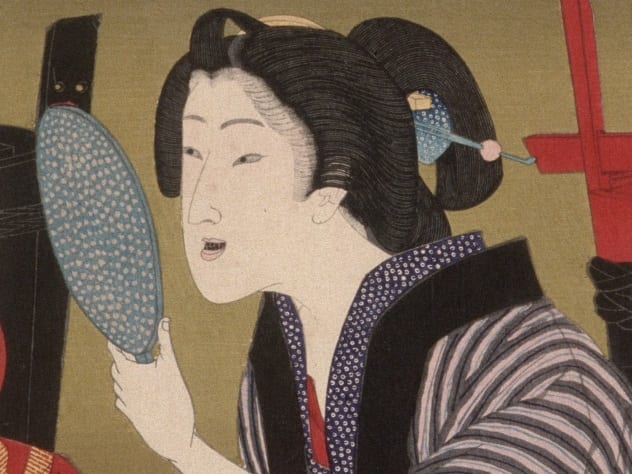
Black teeth were fashionable outside Britain, too. Unlike Britain, where sugar was the culprit, people in other parts of Asia and South America deliberately blackened their teeth with dye. Tooth-blackening was common in ancient Japan, where it was called Ohaguro.
Ohaguro reached its height between the eighth and 12th centuries. It was common among the aristocrats, who were fond of painting their faces white. A white face made their teeth look yellow, so they dyed them black. The samurai also dyed their teeth to prove their loyalty to their master.
People dyed their teeth with a concoction of black dye, which they drank over several days. The concoction was notoriously bitter, and they often added spices to improve the taste. The practice was soon picked up by the lower class. It was banned in 1870 during reforms to make Japan a modern nation.
Ohaguro was so common that there is even a folktale about a beautiful woman called Ohaguro Bettari (“nothing but blackened teeth”). Her face was featureless except for her blackened teeth and wide mouth. She often called at men from afar and scared them with her featureless face and blackened teeth when they got close.[8]
2 Dead Mice To Treat Toothaches

A toothache is certainly one of the more unpleasant ailments out there, and people have been enduring them since ancient times. The ancient Egyptians used dead mice to treat toothaches. They ground the mouse up before mixing it with several ingredients. The resulting solution was applied to the toothache.
On another note, the Elizabethans, who we know were no strangers to tooth problems, seemed to consider dead mice a wonder drug of some sort because they also used them to treat several ailments, including whooping cough, smallpox, and bed-wetting. When they weren’t thinking of what next to cure with mice, they used them as an ingredient in their pies.[9]
1 The Dental Pelican
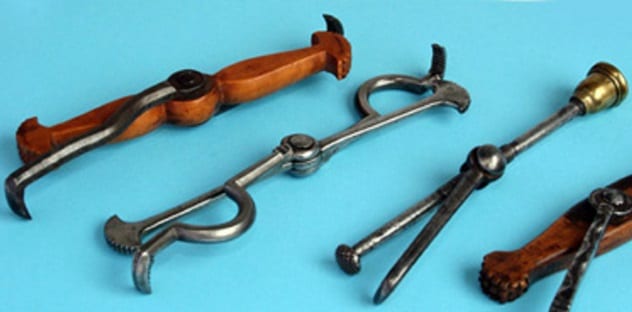
The dental pelican is one apparatus that has thankfully been removed from dental offices. Nobody would visit a dentist if it was still around today. The device and its use were painful and often damaged the gums and neighboring teeth. Patients often ended up with serious bleeding and disfigured jaws.
The dental pelican got its name from the claw part of it supposedly resembling a pelican’s beak. It was invented in the 1300s and is considered one of the earliest devices for tooth extraction. It appeared in different designs, but they all worked the same way.
The extraction was done by barbers, as mentioned. The patient sat on a low chair with the barber behind. Then the patient’s head was tilted backward and secured in between the barber’s thighs. The claw of the device was then fixed around the tooth to be removed.
The barber started to pull the tooth until it was finally out. Injuries were unpreventable, even if the barber was very careful. Unfortunately, patients had no choice but to endure the pelican because it was the only way they could get their decayed tooth removed.[10]
Read more about the history of dentistry on 10 Horrors Of Dentistry Throughout History and 10 Jaw-Dropping Tales About Dentistry.
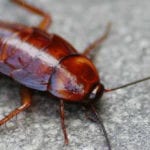

![Top 10 Disgusting Foods The Chinese Eat [DISTURBING] Top 10 Disgusting Foods The Chinese Eat [DISTURBING]](https://listverse.com/wp-content/uploads/2020/03/23773182-0-image-a-46_1580303417295-150x150.jpg)

